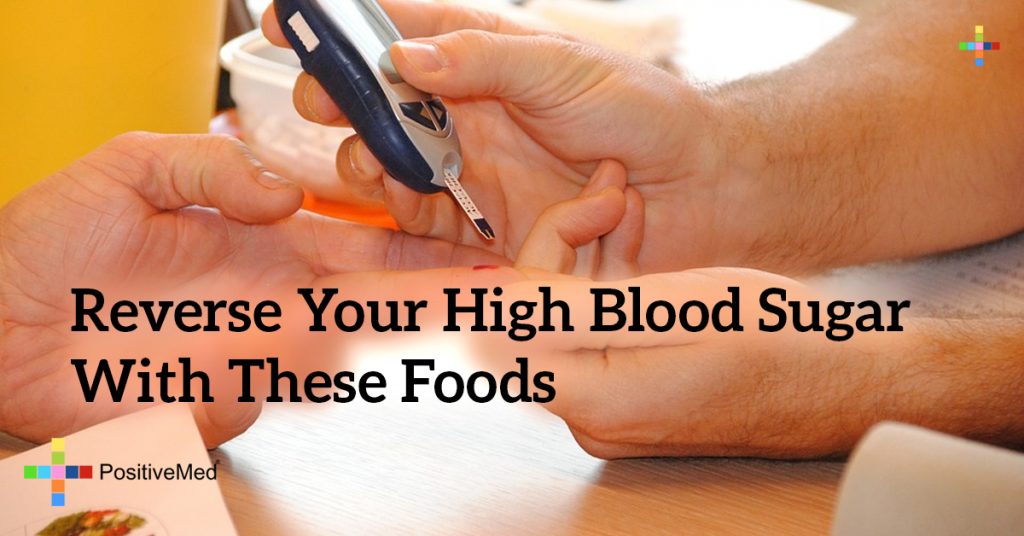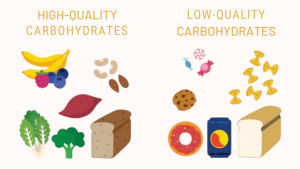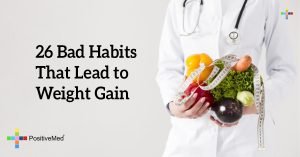
Reverse Your High Blood Sugar With These Foods
[nextpage title=”…”]
High blood sugar and high blood pressure may be extremely common, but many people mistakenly think they are not a big deal. However, these two conditions are closely connected, and they can potentially be fatal. Here is everything you need to know about how high blood sugar and high blood pressure affect your body and what foods you can eat to stop them.

The Dangers of High Blood Sugar and Blood Pressure
High blood sugar occurs when blood glucose levels rise rapidly, and the excess blood glucose can start to damage nerves, organs, and blood vessels. People with regular high blood sugar may eventually go blind, have heart attacks, or lose their limbs. High blood pressure happens when the heart is pumping blood with excessive force, which weakens veins and increases risk of stroke, cardiovascular disease, and Alzheimer’s. People who are overweight are particularly at risk for developing these two conditions, and if a person has diabetes, they are even more likely to suffer from the harmful effects of high blood sugar and high blood pressure.
How High Blood Sugar Increases Blood Pressure
You can normally tell that you have high blood sugar if you are always hungry and thirsty, excessively gain weight, and constantly feel tired. However, most people with high blood sugar tend to suffer from high blood pressure without realizing it. A 2010 research study found that drinking just a single sugary drink raises blood pressure more than eating a salty meal. This happens because fructose metabolism produces uric acid as a byproduct, and uric acid inhibits nitric oxide within blood vessels. High blood sugar also causes high blood pressure when a person becomes resistant to insulin, resulting in type 2 diabetes.
Foods to Lower Blood Sugar
RELATED ARTICLE: 10 FOODS THAT CAN ASSIST YOU TO CONTROL DIABETES [/nextpage] [nextpage title=”…”]
The body digests different foods in different ways. Certain foods have a low glycemic index, which means that they are digested slowly and do not break down into glucose or fructose. Eating foods with a low glycemic index is the best way to lower blood sugar, decrease blood pressure, and avoid diabetes, heart attacks, and other conditions. The glycemic index works by comparing the digestion of a food to the digestion of pure sugar.
Low Glycemic ProteinsLow glycemic foods have a glycemic index ranging from 0 to 54 per serving. These foods are high in protein, so they are digested slowly. This keeps blood from spiking, and it also boosts weight loss, further lowering your risk of getting high blood pressure.
Egg – 0
Hummus – 6
Walnuts – 15
Cashews – 22
Plain sugarless yogurt – 23
Turkey sausage – 28
Butter Beans -31
Kidney beans – 34
Low Glycemic CarbohydratesIt is true that some carbohydrates have a high glycemic index, but this is mostly starchy things made from processed, bleached flour or white potatoes. Carbohydrates that are high in fiber, such as most fruits and vegetables, can actually have a very low glycemic index because they digest so slowly.
Broccoli – 10
Onion – 10
Cherries – 22
Grapefruit – 25
Apple – 38
Grapes – 46
Carrot – 47
Orange – 48
Banana – 52
Peas -54
Moderate Glycemic Carbohydrates
One serving of moderately glycemic carbohydrates has a glycemic index under 69. These items are mostly made from whole grains that are full of fiber, so they do not increase blood sugar too much. Most pastas are made from a special type of wheat, semolina flour, which does not cause blood sugar spikes either.
Spaghetti – 42
Brown rice- 55
Oatmeal – 58
White rice – 64
Macaroni with cheese – 64
Eating low glycemic index foods daily and moderate glycemic index foods occasionally can help you to control your cravings while eating foods that do not raise blood sugar. They also help with weight loss, so they can prevent one of the biggest risk factors of high blood sugar and pressure.[/nextpage]







